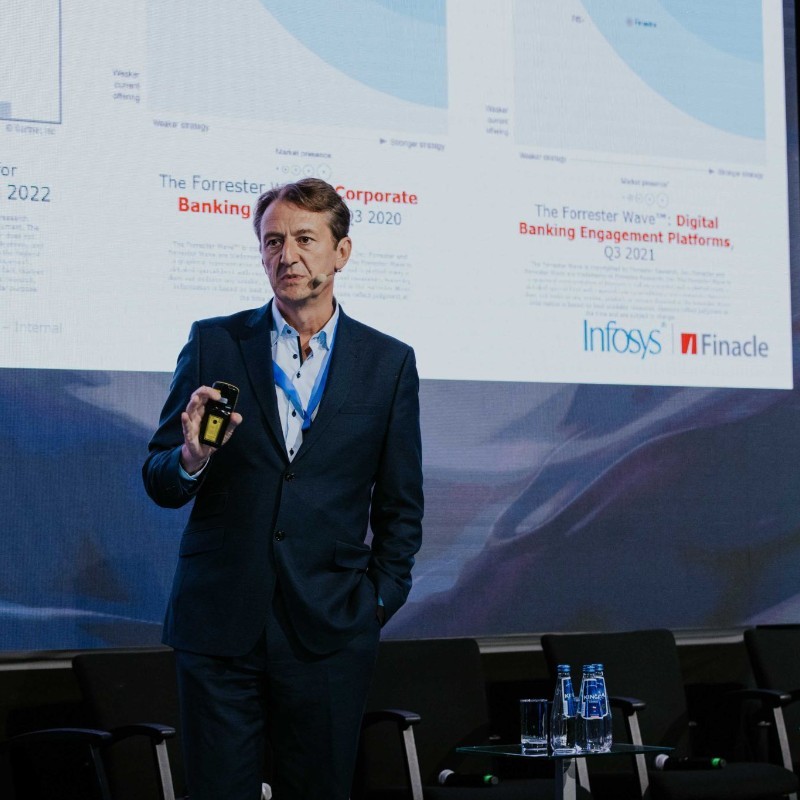Driving Asia’s real-time payments boom

Long before the Covid-19 pandemic descended, digital money had already been gaining currency with consumers, small businesses, and large institutions around the world. Covid-19 accelerated that trend. In Asia specifically, it led to a profound shift in the region’s payment landscape.
by Leslie Choo, MD Asia, ACI Worldwide
Almost overnight, it showed why and how real-time payments can make a tangible difference and instantly help accommodate personal and professional needs. Access to immediate funds for basic subsistence and business continuity has now become paramount for consumers and businesses.
The outcome has been a generational leap in behaviour, where customers no longer accept a fragmented payment experience and instead expect and demand an agile, integrated, mobile-first, and consistent payment experience across all channels and form factors.
At the same time, the pandemic prompted consumers and businesses to reassess their use of cash. So much so that by 2025 non-cash transactions in Asia-Pacific are forecast to exceed the one trillion mark. Cash, it seems, now has a real competitor.
The shift to digital gathers momentum
The APAC online payments industry was profoundly impacted by the pandemic, leading to major advances in the market. 97% of consumers now consider the digital channel the best way to interact with their bank or use it as one of several channels in a multichannel or omnichannel offering.
The digital payments revolution continues to lead the way in Asia Pacific. The pace of transformation in APAC is quickening on the back of advances in technology, progressive regulation, a range of competitive participants, including traditional providers and new fintech entrants, evolving consumer needs, and the accelerated digitalisation on the back of the pandemic. In fact, digital payments are expected to account for 91% of total e-commerce spending by 2025 in Southeast Asia, up from 80% in 2020.
It is also widely acknowledged that digital and real-time payments significantly reduced the cash flow issues that plagued supply chains following the Covid-19 outbreak. The ability to pay suppliers, staff, logistics, and utilities digitally reduced the cashflow constraints of many businesses and highlighted the gross inefficiencies and costs associated with cash and traditional payment methods.
Individually, these factors would all generate growth for real-time and digital payments; however, combined, they are almost certain to ensure that high growth and adoption continue unabated. As dependence on digital payments increases, it’s hard to see consumers reverting to their traditional mindset or behaviour.
Explosion of form factors and frictionless payment experiences
As we emerge post-pandemic, payment acceptance infrastructure continues to evolve and drive payment innovation through a range of new payment methods or form factors.
Traditional smartphones and cards will remain the primary payment methods for now. But other forms such as wearables, IoT, and smart home devices will accelerate uptake and expand real-time and digital adoption while continuing to chip away at cash’s receding influence.
Transactions that are frictionless, global, and ubiquitous in nature will define digital banking in Asia, with capabilities being agnostic to payment methods or forms of storage across cards, digital wallets, bank accounts, and open banking.
Meanwhile, new services like ‘Request to Pay’ (R2P) will emerge as key differentiators. With Asia and the US already live and other regions preparing to launch similar initiatives in 2022, expect corporate and government collections to increasingly move to R2P.
Keeping it simple
Digitalisation is also forcing many banks and other financial institutions to rationalise their communication protocols to better navigate and communicate between varying regional standards.
Several traditional and current legacy data standards limit tracking capabilities and can pose major reconciliation and traceability challenges, especially in a real-time environment. ISO 20022, an international standard for electronic data exchange between financial institutions, will help.
ISO 20022 started out with low-value payments (cards, wallets, QR pay etc.) before incorporating high-value, real-time payments (cash management, Swift, etc.). This ability to combine or converge low and high-value real-time payment data makes it ideal for financial services as it dramatically reduces duplication and complexity while improving governance, visibility, and efficiency.
Ultimately, ISO 20022’s flexibility means any new real-time payment infrastructure won’t require a new data standard but can simply be combined with current systems, significantly improving time to market, effectiveness, interoperability, and governance.
Capitalising on cross-border
Despite the market opportunity and a high interest in regional payment scheme integration, cross-border payments have proved elusive in Asia.
Currently, real-time payments are restricted to domestic schemes and a small but growing number of bilateral agreements between close neighbours. But there are moves to change this, as Southeast Asia central banks continue to explore bilateral connectivity and interoperability between their domestic schemes to extend and expand regional linkages within ASEAN and the greater Asia Pacific.
While ASEAN still does not possess an integrated regional payments framework between members like the EU, many bilateral arrangements, such as the upcoming Singapore / India (mid-2022) initiative, have created greater organic integration. This creates a form of regionalisation by stealth rather than by design. As more of these bilateral connections emerge, real-time cross-border payments will surge, and with it, Asia’s economies.
The race to real-time
As the world continues to go digital, there is an opportunity to ride on the growth of digital payments and provide secure and reliable financial services to meet the ever-changing needs of Asia’s consumers. Digital and real-time payments are no longer a nice-to-have but a must-have.
It is clear the deficiencies and inefficiencies of cash are increasingly exposed to even its most ardent supporters, and the momentum is now with digital payments. With so many aligned stakeholders, the future of Asia’s commerce, and consumerism, is now clearly heading toward digital and real-time payments.
Changing consumer and retail trends across the region have propelled the rapid growth of Asia’s digital economy. There is a huge impetus and appetite from all parties for more integrated real-time payment services—consumers demand accessibility, immediacy, and simplicity. These developments are just part of an ongoing evolution of the real-time payments landscape that will see more advanced features being introduced to enhance the payments experience.










